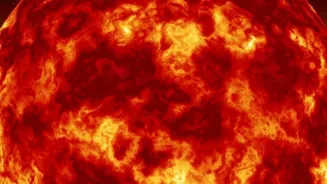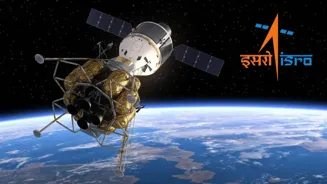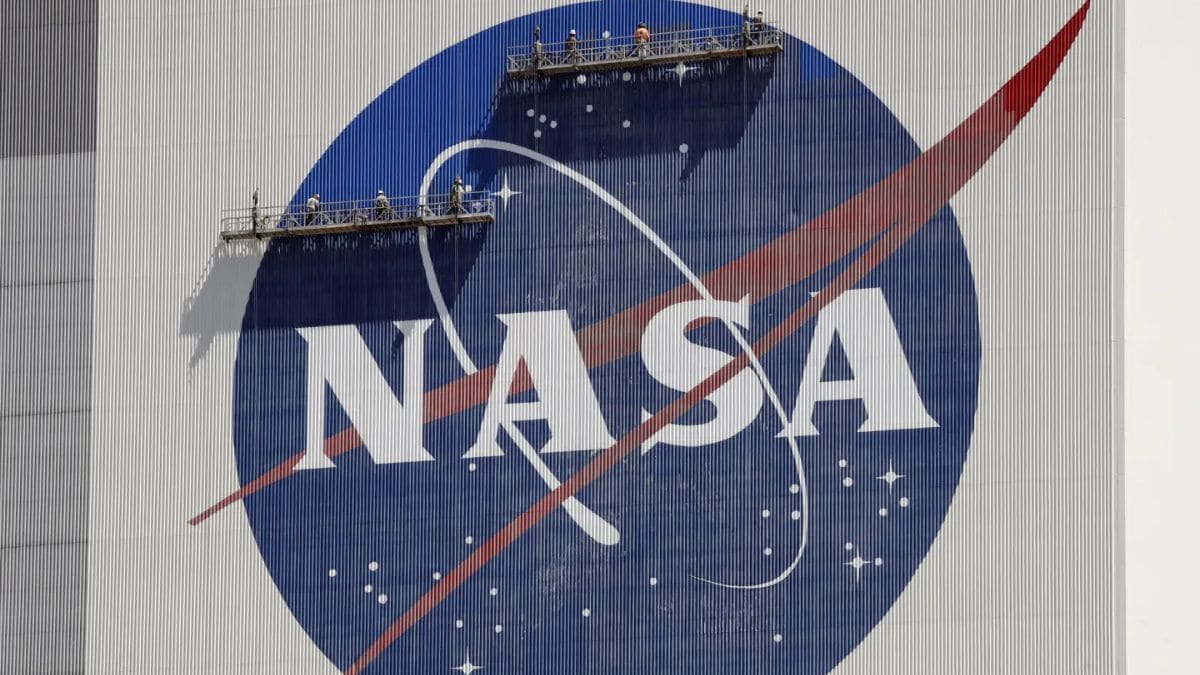Unveiling the Secrets of Space Weather Forecasting: A Vital Shield for India's Tech! Dive into the world of cosmic protection
In today's interconnected world, where our lives are deeply intertwined with
technology, an invisible yet potent force looms large: space weather. This phenomenon, driven by the Sun's activity, can disrupt communication systems, damage satellites, and even affect power grids on Earth.
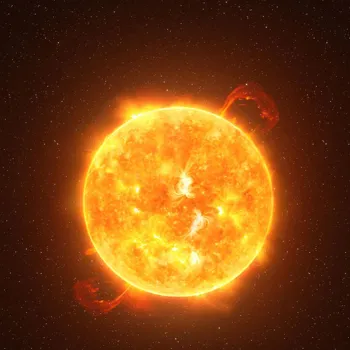
While we enjoy the warmth and light from our star, the Sun also throws out bursts of energy and particles that can wreak havoc on our technological infrastructure.
Therefore, understanding and forecasting space weather has become crucial, especially for a nation like India, which is rapidly advancing in space exploration and heavily reliant on technology for economic growth and national security.
The ability to predict and mitigate the effects of space weather is no longer just a scientific endeavor; it's a necessity for protecting our digital lifeline.
Space weather impacts technology with solar activity cycles
Space weather refers to the conditions in space that can influence the performance and reliability of space-borne and ground-based technological systems. It is primarily driven by solar activity, such as solar flares and coronal mass ejections (CMEs).
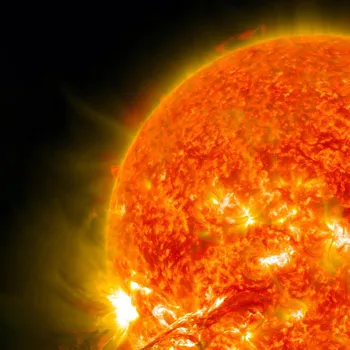
Solar flares are sudden bursts of electromagnetic radiation, while CMEs are large expulsions of plasma and magnetic field from the Sun. These events can send streams of charged particles hurtling towards Earth at incredible speeds.
When these particles interact with Earth's magnetosphere and ionosphere, they can cause a variety of effects, including geomagnetic storms, ionospheric disturbances, and radiation hazards.
These disturbances can interfere with radio communications, GPS navigation, satellite operations, and even power grids.
The intensity and frequency of space weather events vary with the Sun's approximately 11-year solar cycle, with periods of increased activity known as solar maximum and periods of decreased activity known as solar minimum.
Understanding how these cycles impact space weather is vital for long-term planning and preparedness.
India's space program vulnerable to space weather; need forecasting to protect assets
India's burgeoning space program and its reliance on satellite technology make it particularly vulnerable to the adverse effects of space weather. Satellites are used for a wide range of applications, including communication, navigation, weather forecasting, and Earth observation.
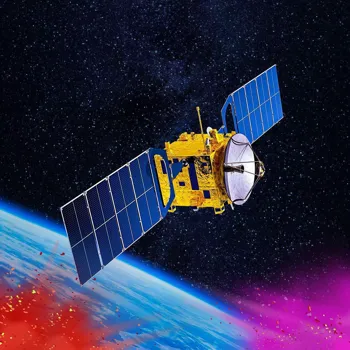
These satellites are susceptible to damage from radiation and charged particles, which can degrade their performance, shorten their lifespan, or even cause complete failure.
Geomagnetic storms can also disrupt GPS signals, affecting navigation systems used in aviation, shipping, and land transportation.
Power grids are also vulnerable to geomagnetic disturbances, which can induce electrical currents in ground-based conductors, potentially leading to blackouts and damage to transformers.
Considering India's ambitious goals in space exploration, including missions to the Moon and Mars, protecting our space assets from space weather is of paramount importance.
Therefore, investing in space weather forecasting capabilities is a strategic imperative for ensuring the continued success of our space program and safeguarding our critical infrastructure.
India advances space weather forecasting with ISRO initiatives and collaborations
Recognizing the growing threat posed by space weather, India has made significant strides in developing its space weather forecasting capabilities.
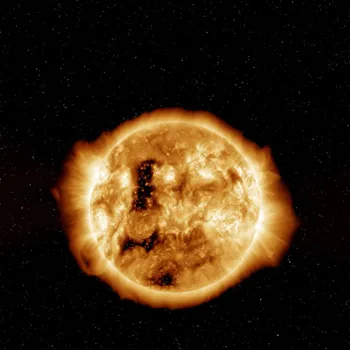
The Indian Space Research Organisation (ISRO) has established a network of ground-based observatories and space-based instruments to monitor the Sun and the near-Earth space environment.
These instruments measure various parameters, such as solar flares, CMEs, solar wind, and geomagnetic field variations. ISRO also operates a Space Weather Prediction Centre (SWPC) that analyzes the data collected from these instruments and provides forecasts of space weather conditions.
These forecasts are used by various stakeholders, including satellite operators, power grid operators, and communication service providers, to take precautionary measures to mitigate the potential impacts of space weather.
Research institutions across the country are also actively involved in developing models and algorithms to improve the accuracy and reliability of space weather forecasts.
Collaboration with international space weather agencies is also crucial for sharing data and expertise, enabling a more comprehensive understanding of space weather phenomena.
Improving space weather forecasts crucial for protecting technology
The accuracy of space weather forecasts has improved significantly in recent years, but there are still challenges to overcome. Predicting the timing and intensity of solar flares and CMEs remains a complex task.
Understanding the physical processes that govern the propagation of CMEs through interplanetary space and their interaction with Earth's magnetosphere is also an area of ongoing research.
Furthermore, the impact of space weather on different technological systems can vary depending on their design and operating conditions. Therefore, there is a need for more detailed studies to understand the vulnerability of specific systems to space weather effects.
Another challenge is the lack of real-time data from certain regions of space, which can limit the accuracy of forecasts. Addressing these challenges requires continued investment in research and development, as well as enhanced international collaboration.
By improving our understanding of space weather and developing more sophisticated forecasting tools, we can better protect our technological infrastructure from the Sun's fury.
Space weather forecasts vital for astronaut safety in space missions
Beyond protecting our technological assets, space weather forecasting also plays a role in ensuring the safety of astronauts on space missions. Space radiation can pose a significant health risk to astronauts, especially during long-duration missions.

By providing accurate forecasts of space radiation levels, space weather forecasting can help mission planners to schedule activities and take appropriate precautions to minimize astronaut exposure to radiation.
This is particularly important for future missions to the Moon and Mars, where astronauts will be exposed to higher levels of radiation. Space weather information can also be used to design radiation shielding for spacecraft and habitats, further reducing the risk to astronauts.
As India embarks on ambitious human spaceflight missions, such as the Gaganyaan program, space weather forecasting will play a vital role in ensuring the safety and well-being of our astronauts.
Furthermore, accurate space weather forecasts can help optimize the performance of spacecraft during space missions.
By understanding the conditions in space, mission controllers can make informed decisions about spacecraft operations, such as attitude control and thruster firings, maximizing the efficiency and effectiveness of the mission.
AI Generated Content. Glance/InMobi shall have no liability for the content